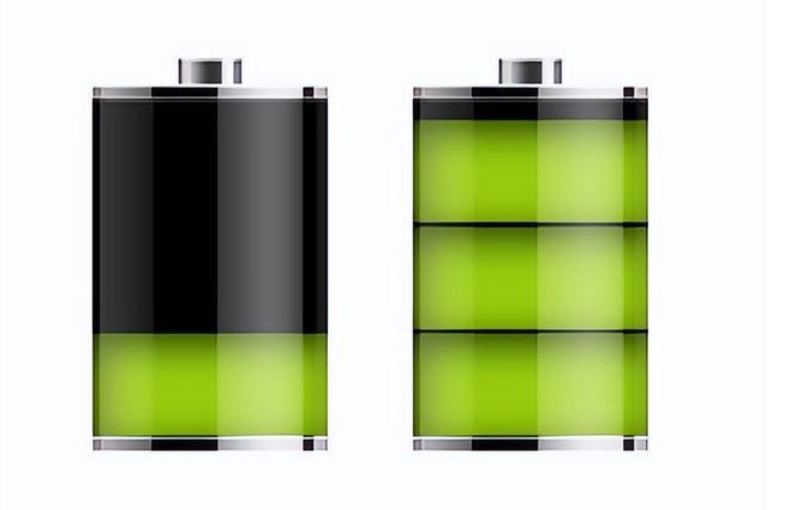The review was conducted on the aging characteristics of battery energy storage systems, thermal management systems and strategies for battery packs, and scheduling strategies for renewable energy grid connected systems. It was found that further research is needed on the characteristics and optimization of battery energy storage systems in renewable energy grid connected systems.

To achieve the research objectives of this article, it is necessary to first study the characteristics of lithium-ion batteries. The characteristics of lithium-ion batteries include thermal characteristics and aging characteristics. In this chapter, a combination of theoretical analysis and experimental research was adopted to study the thermal characteristics of lithium-ion batteries, including heat generation and heat transfer characteristics, in theory, laying the foundation for constructing a thermoelectric coupling model of lithium-ion batteries. The study on the aging characteristics of lithium-ion batteries in this chapter adopts experimental data on cyclic aging and calendar aging of lithium-ion batteries published by the Advanced Life Cycle Engineering Research Center of the University of Maryland, which is different from previous studies that separately studied calendar aging and cyclic aging, This article constructs a lithium-ion battery life model that includes both cyclic aging and calendar aging by studying existing theories and analyzing and fitting experimental data. In addition, the effects of temperature and current rate on the discharge performance of lithium-ion batteries, as well as the effects of temperature and SOC on the internal resistance of lithium-ion batteries, were also investigated through experiments.
The thermal and aging characteristics of lithium-ion batteries were studied, providing a basis and design basis for subsequent research. The main research content of this chapter is as follows:
(1) The structure, working principle, heat generation mechanism, and heat transfer characteristics of lithium-ion batteries were studied. By combining the principles of electrochemistry and heat transfer, the total heat generated during the charging and discharging process of a battery is simplified as chemical reaction heat, polarization heat, and Ohmic internal resistance heat. And the heat transfer characteristics of lithium-ion batteries were analyzed from the perspectives of thermal conduction, thermal convection, and thermal radiation, and a heat transfer model for lithium-ion batteries without thermal radiation was established.
(2) Based on the cyclic and calendar aging experiments of lithium cobalt oxide/graphite batteries published by the Advanced Life Cycle Engineering Research Center of the University of Maryland, the aging mechanism of lithium-ion batteries was studied. A multi-component semi empirical life model for lithium cobalt oxide batteries was proposed through data analysis and fitting. The fitting correlation coefficient of this model is as high as 0.993, which can accurately describe the calendar aging and cycle aging of the battery and serve as a basis for evaluating the cost of battery life.
(3) Three cathode materials were selected for the 18650 lithium-ion battery, and a lithium-ion battery characteristic testing experimental platform was built to conduct capacity testing on the lithium-ion battery. In the test, 8 temperatures and 5 representative current rates between 5 ° C and 45 ° C were selected, and the effects of temperature and discharge current on the discharge capacity of the battery were studied. It was found that within the normal operating temperature and current range of the battery, the higher the temperature, the smaller the discharge current, and the larger the discharge capacity of the battery.
(4) A pulse test was conducted on the lithium-ion battery using the constructed lithium-ion taro battery characteristic testing experimental platform. In the test, the same temperature as the capacity test was selected, and the lithium-ion battery was charged and discharged at a current of 1C every 0.1 SOC between 0 and 1.0. The influence of temperature and SOC on the internal resistance of the battery was studied. It was found that within the testing range, as the temperature increased, the internal resistance of the lithium-ion battery gradually decreased, The impact of SOC on the internal resistance of lithium-ion batteries is mainly reflected in the later stage of discharge. As the charge decreases, the internal resistance of the battery increases sharply, which may lead to severe heating of lithium-ion batteries when operating in the low SOC range.
